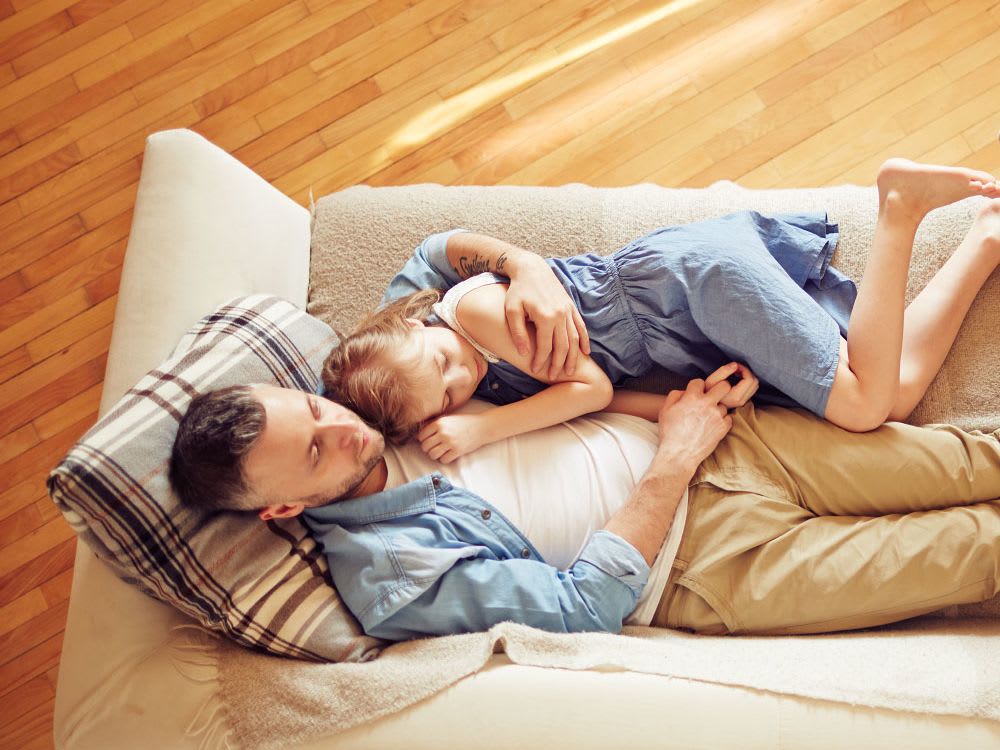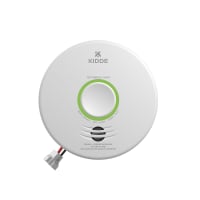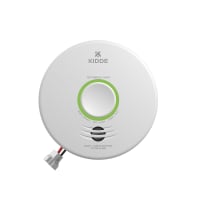In addition to the use of CO alarms, a better understanding of carbon monoxide, including its sources, dangers and health risks, can go a long way in preventing many of these deaths.
Potential CO Dangers in Your Home
Don’t let CO make itself at home in your house. See the sources, get the facts and take a look at helpful tips.
CO Facts
-
CO is produced anytime a fuel is burned. Potential sources include gas or oil furnaces, water heaters, space heaters, clothes dryers, barbecue grills, fireplaces, wood-burning stoves, gas ovens, generators, and car exhaust fumes.
-
CO poisoning is the leading cause of accidental poisoning deaths in North America. (Centers for Disease Control)
-
64% of Canadians use natural gas, oil, wood and wood pellets or propane as their home's major heat source. (Statistics Canada)
-
An idling vehicle in an attached garage, even with the garage door opened, can produce concentrated amounts of CO that can enter your home through the garage door or nearby windows.
-
A poorly maintained gas stove can give off twice the amount of CO than one that is in good working order.
Tips for Prevention
-
Install at least one battery-powered CO alarm or AC-powered unit with battery backup on each level of your home and near sleeping areas.
-
Do not use charcoal or gas grills inside or operate outdoors near a window where CO fumes could seep in.
-
Check all carbon monoxide alarms in your home. Do they use the most accurate sensing technology? Do they need new batteries?
-
Replace CO alarms every 5-7 years to benefit from the latest technology upgrades.
-
Have a licensed professional inspect heating systems and other fuel-burning appliances annually.
-
Install fuel-burning appliances properly and operate them according to the manufacturer's instructions.
-
Keep chimneys clear of animal nests, leaves and residue to ensure proper venting. Have all fireplaces cleaned and inspected annually.
-
Do not block or seal shut the exhaust flues or ducts used by water heaters, ranges and clothes dryers.
-
Do not leave your car running in an attached garage or carport.
-
Do not use ovens or stoves to heat your home.
Health & CO poisoning
So, you know that carbon monoxide is bad for you – and can even be fatal – but what exactly does it mean for your health? The facts below should help answer some of your questions, including CO health issues related to young children, pregnant women and the elderly.
-
At high concentration levels, carbon monoxide can be fatal in minutes. CO rapidly accumulates in the blood and is attracted to the hemoglobin in your bloodstream. When breathed in, CO passes through the lungs and bonds with hemoglobin, displacing the oxygen that cells need to function.
-
Carbon monoxide does not discriminate; everyone is at risk.
-
Early symptoms of CO poisoning are similar to the flu and are often misdiagnosed. Headaches, nausea, fatigue, and dizziness are all non-specific symptoms of CO poisoning.



